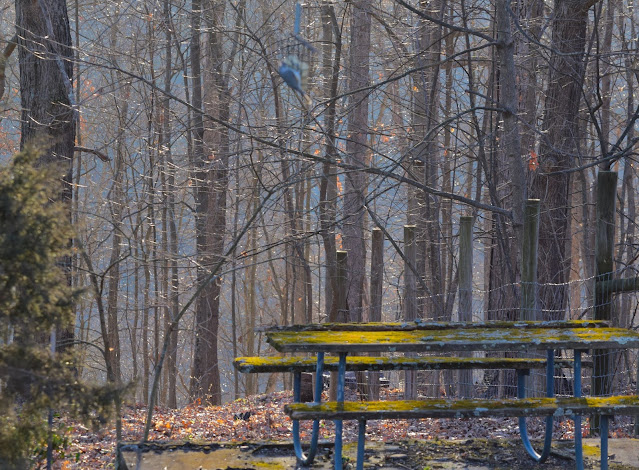 |
| "We make the road by walking," photo, January 9, 2021 |
The beckoning pathway forms in glimpsing, in tasting the mystery that remains mysterious while also flavoring the everyday with a texture of life beyond. With this expectation, I looked forward to Fons Vitae’s publication of Coleman Barks’ “translation/version” of Tagore’s Gitanjali (Song Offerings). Having often found support in “making the road by walking” through Barks’ versions of Jalaluddin Rumi (which he fashioned from English translations by Arberry, Nicholson, and others), how would Barks enhance the vitality in Tagore’s own English translation from his native Bengali in the work which led to Tagore’s Nobel Prize award?
In addition to the 103 songs comprising Gitanjali, Barks includes four additional poems from Tagore’s work, The Crescent Moon, and Barks also gives us a dozen pages of his own commentary and notes. I’d like an additional hundred pages of Barks’ commentary, and still I find that the concentrated material contributes by showing the involvement of W.B. Yates, Ezra Pound, and others as well as pointing to connections with Ghandi and Kabir.
Barks begins, “Rabindranath Tagore is one of the great universal mystics.” Again, to me, the role of the mystic and thus of mystical text features access to the holy, so that the individual breathes the unique essence that purifies, inspires, and vitalizes, so that he or she moves forward on the pathway “made by walking” (e.g., Antonio Machado, in Campos de Castilla, Proverbios y Cantares, #29) and bridges “these daft twin brothers, life and death” (from Tagore’s #58, p. 76). Barks’ version, just cited, shows the light touch, which serves as a little wake-up invitation, in part through the addition of “daft” to Tagore’s English translation which reads: “the joy that sets the twin brothers, life and death, dancing over the wide world…” (p. 149 in Visva-Bharati/UBS Publication of Gitanjali). Barks also features, in the next line, “the storm” in a way that moves me differently from Tagore’s “tempest.”
It’s not that one translation/version is better than the other but that a force may be invoked to join the dance, to broker the mystical encounter. In Gitanjali, Tagore offers a departure from conventional religion. For example, number 11 opens:
“Leave this chanting and singing and telling of beads!
Whom dost thou worship in this lonely dark corner of a temple with all doors shut?
Open thine eyes and see thy God is not before thee!
He is there where the tiller is tilling the hard ground
and where the path-maker is breaking stones…”
(p. 23 in Visva-Bharati/UBS)
Barks’ version goes:
“Give up this fumbling with beads, this chanting
in the dark, shut temple.
… A mason
is breaking and laying stone for a path.”
In number 102, Tagore, with beautiful respect for the individual’s responsibility and authority for path-making, tells of people who demand “Tell me all your meanings” and he responds, “‘Ah, who knows what they mean!’ They smile and go away in utter scorn./ And you sit there smiling.” (p. 253 in Visva-Bharati/UBS)
Barks’ version of the middle part of #102 offers, “A secret part of you flows out of me.”
For me, the chance for a bit more of this secret is the offering from the publication of What Wants to Come Through Me Now.

